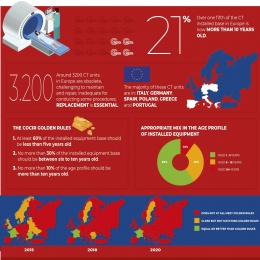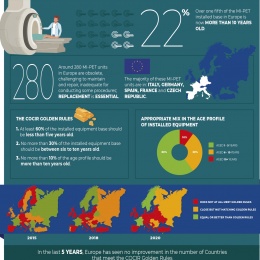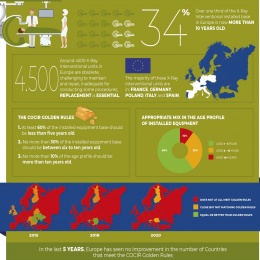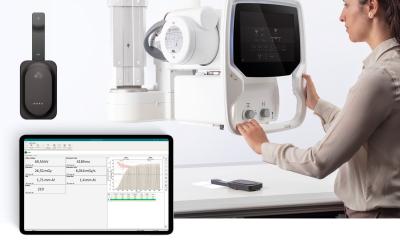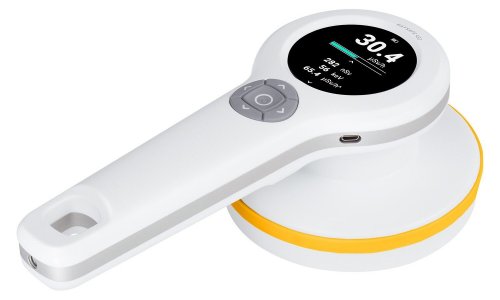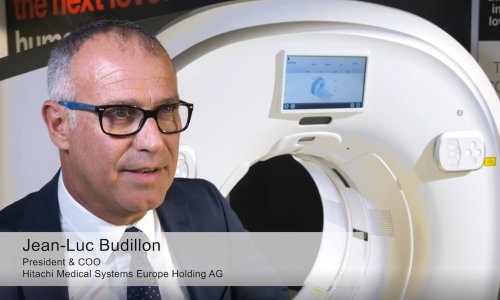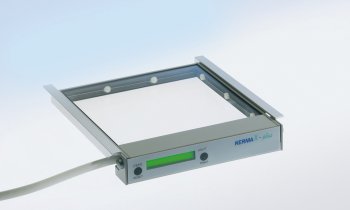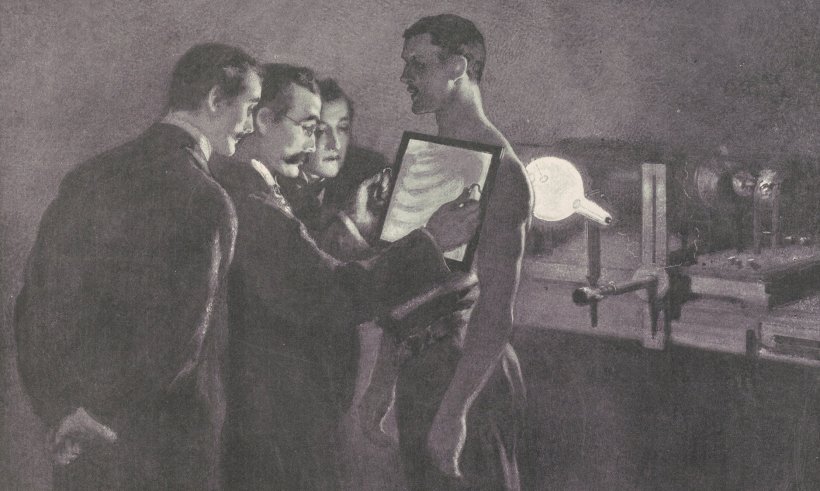
Image source: William Small (via Wellcome Collection)
News • Appeal for an update in radiology departments
Ageing imaging equipment is undermining safety and quality of care for patients
The percentage of medical imaging equipment in Europe that is more than ten years old is alarmingly high, and the broad disparities in equipment density between European countries remain.
These are the principal findings in the 2021 edition of the COCIR Medical Imaging Equipment Age Profile and Density. This has potentially negative consequences for patients and for the budgets of healthcare systems, at a time when demand for services will increase as pandemic restrictions begin to relax and seek to catch up to previous levels.
As advocated by COCIR, planning for the renewal of ageing equipment should be a priority for European healthcare systems. As well as the clear benefits for patient safety, innovative medical technologies are now capable of driving integrated patient–centric care pathways that can improve medical consistency, productivity and connectivity. These proven benefits call for increased investments in the latest products and solutions. COCIR Interim Secretary General Annika Eberstein said; “This broad variation in imaging equipment density between EU Member States is creating inequalities and directly impacting waiting times and delaying access to diagnosis and treatment, with inevitable consequences for patients.”
The precise detection and accurate diagnosis this provides, which allows for personalised treatment with faster and better outcomes for patients, offers the most effective way to contain costs for healthcare systems
Annika Eberstein
She added “COCIR has long been urging policymakers and healthcare providers to reverse this negative trend. We call upon Member States and regions to encourage hospitals and healthcare providers to leverage the available EU funding tools and innovative financing models that can support investment in equipment renewal and increase access to innovative medical technologies. The precise detection and accurate diagnosis this provides, which allows for personalised treatment with faster and better outcomes for patients, offers the most effective way to contain costs for healthcare systems.”
Recommended article

Article • Backlog
Ten percent of radiology scanners should be scrapped
One in ten CT scanners and one in five MRI scanners are technically obsolete. Radiologists are sounding the alarm. In 2008, around 60% of all CT scanners and 55% of all MRI scanners were up to five years old; 31% of all CT scanners and 32% of all MRI scanners were between five and ten years old; 9% of all CT scanners and 16% of all MRI scanners were over ten years old.
COCIR has been tracking changes in the age profile of their installed base of medical imaging equipment since the 1990s. It has created a set of ‘Golden Rules’ in 2003 which – if followed – ensure that the age profile of the installed base is an appropriate mix for the demands of a modern healthcare system:
- At least 60 percent of the installed equipment base should be less than five years old.
- No more than 30 percent of the installed equipment base should be between six to ten years old.
- No more than 10 percent of the age profile should be more than ten years old.
Source: COCIR
07.10.2021



